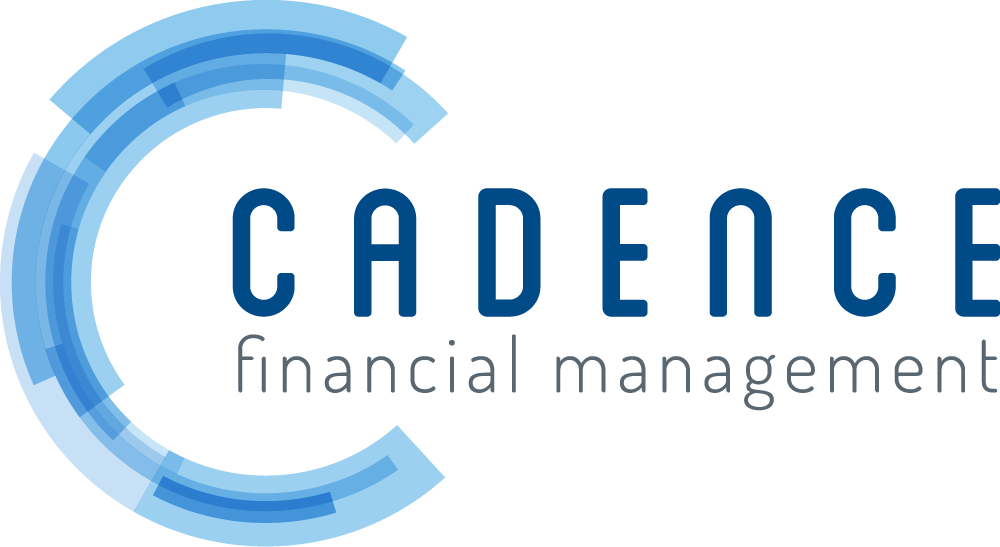President Biden’s FY2025 Budget Proposal
President Biden released his budget proposal for fiscal year 2025 on March 11, 2024. The budget includes several retirement-related proposals targeted at “high-income taxpayers” (HITs), defined as joint filers with adjusted gross income (AGI) exceeding $450,000, head-of-household files with AGI above $425,000 and single filers with AGI above $400,000. These are preliminary ideas yet to be formalized (if at all) into bills.
Under the Budget Proposal
HITs with total vested account balances in “tax-favored retirement arrangements” exceeding $10 million in a year would have to distribute at least 50 percent of the excess. Tax-favored retirement arrangements include qualified defined contribution (DC) plans, 403(a) annuity plans, 403(b) plans, governmental 457(b) plans, and IRAs.
Where the total in these retirement accounts exceeds $20 million, the HIT would have to withdrawal the lesser of 1) the excess over $10 million, or 2) the total in Roth IRAs and designated Roth DC accounts.
If a HIT makes contributions (but not rollovers) to an IRA that would put the aggregate balance to retirement accounts over $10 million, the overage would be treated as an excess IRA contribution subject to a 6 percent excise tax.
DC plan administrators would be required to annually report to the IRS, and to the participant, retirement account balances over $2.5 million.
The proposal, essentially, would eliminate “backdoor” Roth IRAs for HITs. It would limit rollovers and conversions by HITS to designated Roth retirement accounts and/or to Roth IRAs. HITS would not be able to convert
Pre-tax DC assets or IRA assets to Roth IRAs or designated Roth 401(k) accounts;
After-tax DC plan or IRA assets to a Roth IRA or designated Roth 401(k) accounts.
Since this proposal would only apply to DC plans, its adoption could increase the attractiveness of defined benefit plans for certain sponsors and participants. The Build Back Better Act of 2021, which was considered, but not enacted, included similar proposals.
Broader tax proposals in the budget
The FY2025 budget proposal also includes increases in the corporate tax, the highest marginal personal income tax rates, the 3.8 percent “Medicare tax” on net investment income and the capital gains tax rate as follows.
The corporate tax rate would increase from 21 percent to 28 percent.
The tax rate for high-income earners would be increased to 39.6 percent.
The “Medicare tax” on net investment income would be increased from 3.8 percent to five percent for taxpayers earning over $400,000.
Long-term capital gains and qualified dividends of taxpayers with taxable income of more than $1 million ($500,000 for married filing separately) would be taxed at ordinary income tax rates, with 37 percent being the highest rate (40.8 percent including the net investment income tax).
It is conceivable (but unlikely) that the proposed $10 million cap on retirement savings balances or the limitation on rollovers might get some bi-partisan support as revenue raisers in non-tax legislation (e.g., another “infrastructure” bill). The tax increases will not get any bi-partisan support in this Congress, but, if Democrats win back control of the House of Representatives, they could be an element of a 2025 tax bill.
This material was created to provide accurate and reliable information on the subjects covered but should not be regarded as a complete analysis of these subjects. It is not intended to provide specific legal, tax or other professional advice. The services of an appropriate professional should be sought regarding your individual situation. The material presented was created by RPAG. Securities, investment advisory, and financial planning services offered through qualified registered representatives of MML Investors Services, LLC. Member SIPC (www.sipc.com). Supervisory Office: 16 Campus Blvd, Newtown Square, PA 19073. Cadence Financial Management, LLC is not a subsidiary or affiliate of MML Investors Services, LLC or its affiliated companies. ACR# 6743430 07/24
